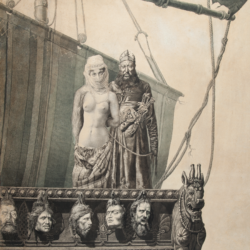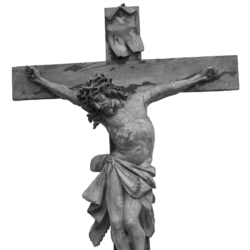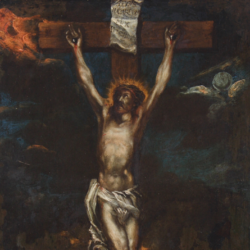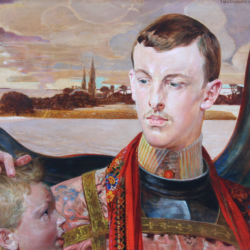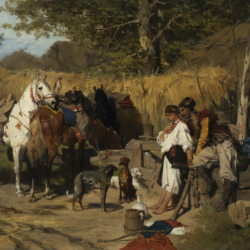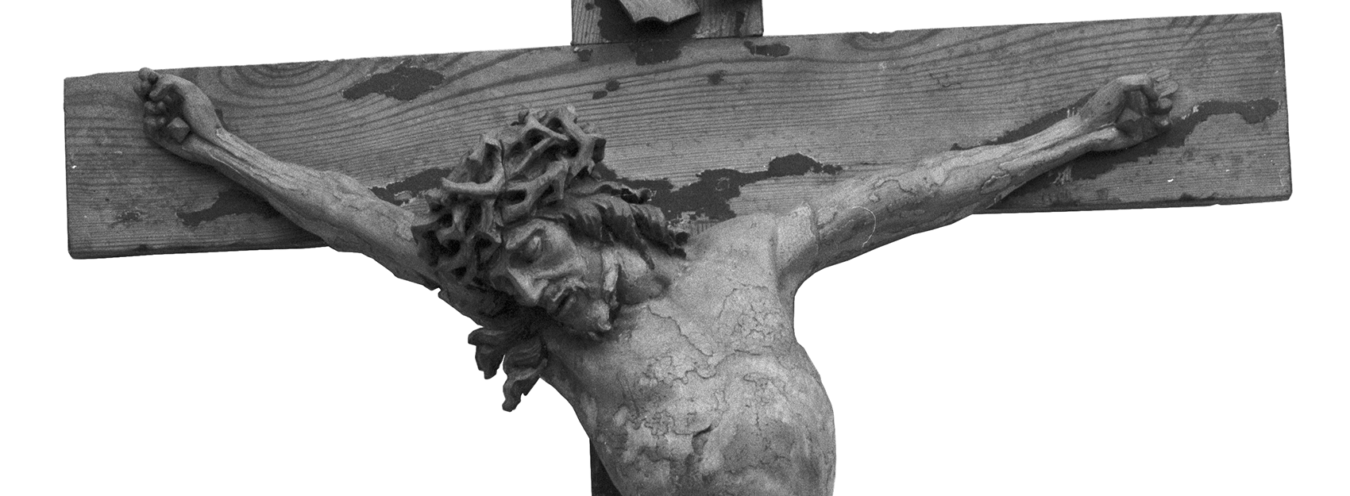
Mystique of death I (Stanisław Tarnowski)
Still another perspective on cruelty depicted in the Trilogy is offered by Stanisław Tarnowski. According to him, crime has to be punished, and the manner of killing shown by Sienkiewicz, although horrible, was consistent with historical truth. The celebration of cruelty is detrimental to the aesthetics of the novel, the aesthetic which – contrary to Gotthold Ephraim Lessing’s recommendations – is dragged into the whirl of horror that we do not want to see and about which we do not want to know. Disgusted with the cruelty of Nowowiejski (Novovyeysky) and his subordinates, Tarnowski wrote: “Thus, in our Polish and Christian feeling, we are offended and worried with this torture because due to it, the criminal appears to be a martyr, while the aggrieved knight – a torturer.[1] The guilty can be killed, but we should not have to listen to “the crackling of his joints and watch his intestines being torn with a blunt wooden wheel.”[2]
Konopnicka does not turn a blind eye nor a deaf ear; she wants to find a place for human suffering, even the most culpable, in the Christian order of the world. Tarnowski only mentions “the dignity of the martyr,” Konopnicka is looking for it intensely. Her argumentation fails to account for those pages of the novel where there is no mercy for the suffering enemies, the pages which show the cruelty of Jeremi Wiśniowiecki’s (Prince Yeremi) and other commanders, accepted by the narrator, where the story discusses in detail the intricately planned and methodically conducted tortures, the omnipotent power of death and the acts of revenge that do not treat the wounds. But this “justification” of Sienkiewicz (for which the poet was scorned) would not have been possible without the participation of the writer, who – as Andrzej Stoff showed in the quoted paper – went beyond the conventions of a historical novel by presenting not only the fear but also the soul of the condemned. Azja’s death is preceded with solemn thoughts:
At times too it came to his head that after torments and death he would go straightway to paradise; but because once he had professed Christianity, and had lived long among Christians, fear seized him at the thought of Christ. Christ would have no pity on him; if the Prophet had been mightier than Christ, he would not have given him into the hands of Novovyeysky. Perhaps, however, the Prophet would show pity yet, and take the soul out of him before Adam Novovyeysky would kill him with torture.[3]
Full sacralization may take place only with positive characters; the agony of Longinus Podbipięta (Podbipyenta) may serve as a clear example:
When he saw the bows, and the arrows poured out from their quivers at the feet of his assailants, Longinus recognised that the hour of his death had arrived, and he began to say the litany of the most Holy Virgin. Silence fell, the crowd held its breath in expectation of what would happen. The first arrow whizzed forth just as Longinus repeated “Mother of the Redeemer,” and it grazed his temple, another arrow flew forth as Longinus said “Oh, Blessed Virgin,” and it stuck fast in his shoulder. The words of the litany mingled with the whizzing of the arrows and when Longinus had said “Star of the morning” arrows were sticking in his shoulders, in his sides, and legs. Blood oozing from a wound in his temple flowed over his eyes; he saw as through a mist, the meadow, and the Tartars. Presently he heard no longer the whizzing of arrows; he felt that his strength was forsaking him, that his legs were bending beneath him: his head dropped on his breast. For the last time he fell on his knees. Then he said in a half groan, “Queen of the Angels,” and these were his last words on earth. The hosts in heaven received his soul and placed it as a translucent pearl at the feet of the Queen of the Angels.[4]
Always, or almost always, human suffering evokes the suffering of the Saints, Christ’s suffering. It is reflected in the sacred as if in a mirror; it is fulfilled in overt or covert analogies, even if it is the suffering of sinners: the three-hour suffering of Christ on the cross and the three-day death of treacherous Azja; the statue of Saint Sebastian, pierced with arrows, and the fate of brave Longinus Podbipięta, stabbed like a shield, with a bleeding wound in his side. Should we seek the uplifting power of torment and suffering that comes from the loss and defeat here, in religious analogies?
Przypisy
- S. Tarnowski, Studia do historii literatury polskiej [Studies on the history of Polish literature], vol. 5: Henryk Sienkiewicz, Kraków 1897, p. 176.
- Ibidem, p. 177.
- H. Sienkiewicz, Dzieła [Collected Works], vol. 19, Pan Wołodyjowski [Fire in the Steppe], Warszawa 1950, edited by J. Krzyżanowski, part 3, p. 141; trans. Jeremiah Curtin.
- H. Sienkiewicz, Dzieła [Collected Works], vol. 10, Ogniem i mieczem [With Fire and Sword], Warszawa 1949, part 5, p. 131; trans. Jeremiah Curtin.

